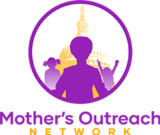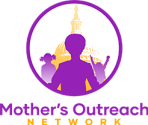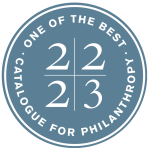Throughout the United States, families are suffering from insufficient incomes that make it impossible for them to maintain an adequate living. These families look to the government in hope that they can get assistance to meet their needs. Although the government often provides public assistance, it comes with a few caveats, which ultimately make the system unmanageable for many families. One of these caveats is the benefits cliff.
The benefits cliff is a term that chronicles the conundrum inherent in the public system – increases in other income can make a family ineligible for government benefits thereby making them economically vaulnerable. The idea of the public system is to provide assistance and public benefits to families who need it. However, as these families receive, they also face the struggle of balancing their earnings from the government and staying below the eligibility threshold requirements so that they can continue to receive benefits. And yet, remaining below this income threshold does not provide enough for these families to thrive. Families ultimately suffer as they are faced with two financially underserving options: either they lose benefits due to increased earnings, or they remain below the benefits threshold to continue receiving benefits.
Many scholars have considered ways to upend this problem so that families can continue to thrive with benefits from the government.
Arguably the most impactful, yet the most difficult solution to implement is a change in the legislation in each respective state regarding the benefits provided by the government. If states pass legislation that exclude benefits from being considered as part of one’s overall income, this will largely nullify the benefits cliff. Some states have implemented these laws. For example, the Illinois legislature passed a bill in August 2019 which wholly excluded cash disbursements, gifts, and benefits for persons enrolled in programs “or form of assistance where a person’s income or assets are considered in determining the eligibility of level of assistance.”[1] New York also passed a similar bill which protects homeless and runaway youth by exempting benefits received from a research pilot program.[2] Realizing these groups are more vulnerable to sexual and other forms of exploitation, New York created a pilot program that will provide thirty homeless youth with monthly payments for one year.[3] By comparing their progress with others in the homeless population, New York will determine the efficacy of providing cash assistance. Other pilot programs which intend to study the impact and potential benefits of direct cash transfers will also be covered under this bill. To ensure their sustenance, New York emphatically declared that these payments should not be considered income for purposes of receiving public assistance benefits.



